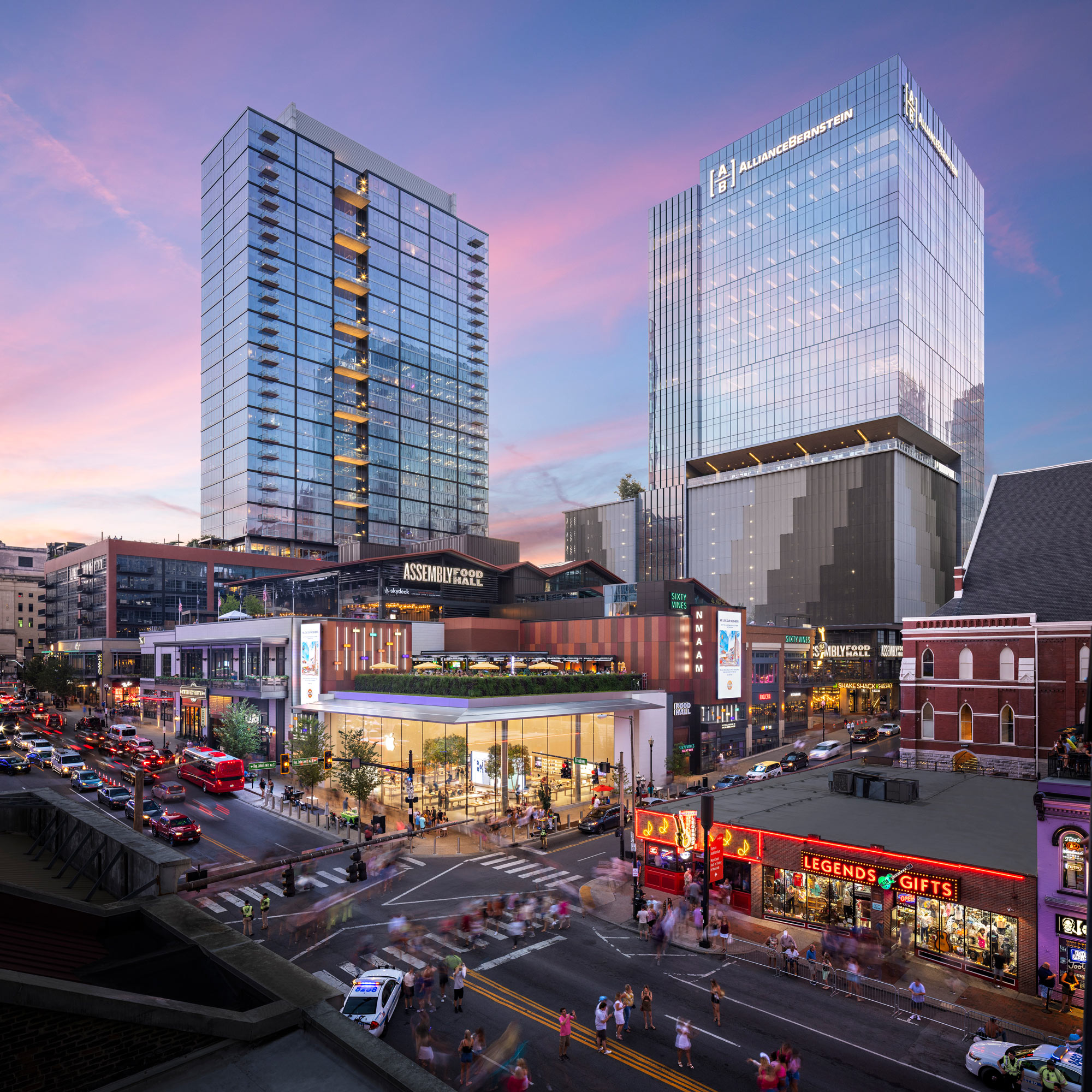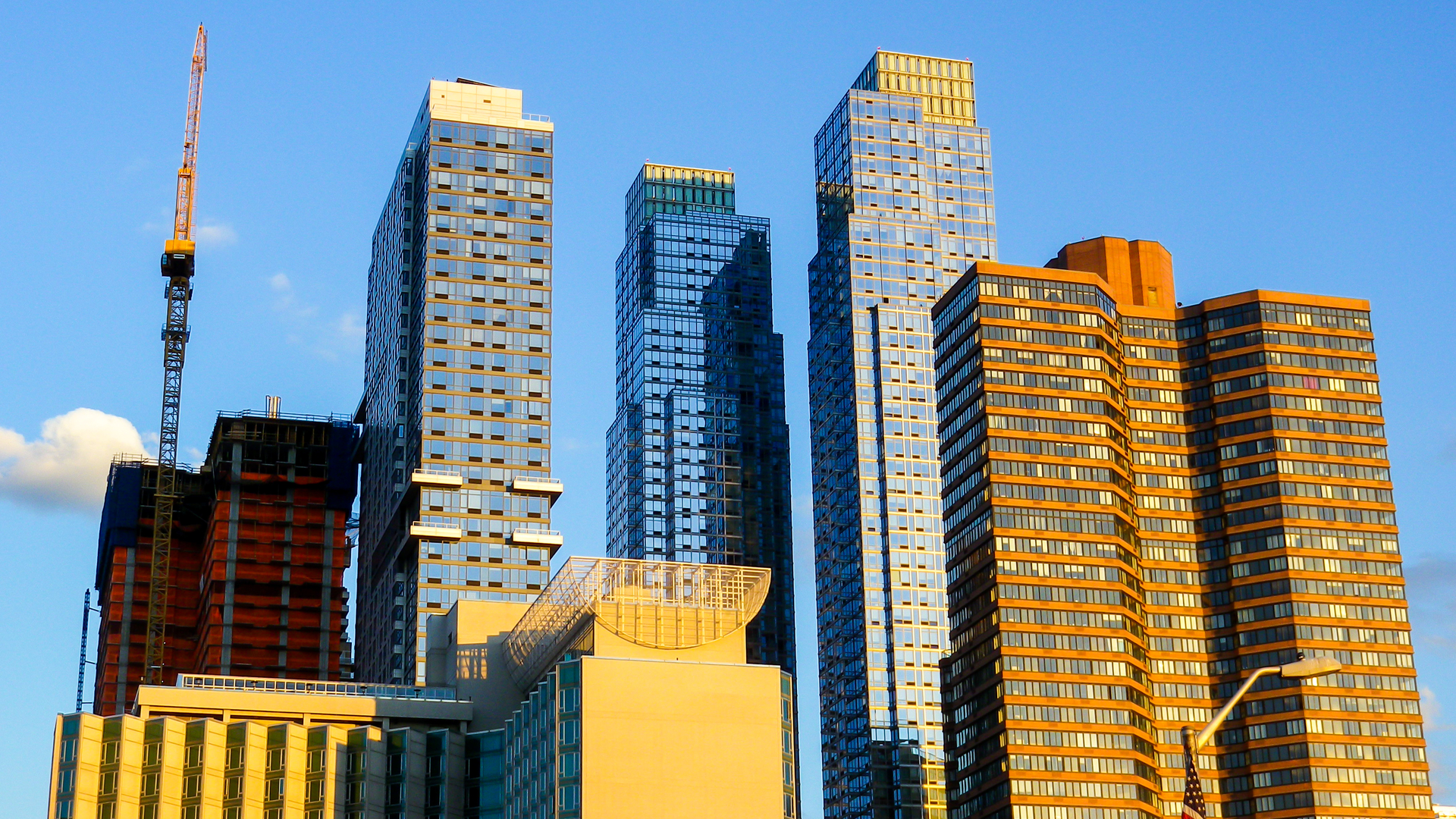Central Business Districts, or CBDs, are the lifeblood of modern cities. They’re not just geographical areas but thriving hubs where commerce, culture, and innovation collide. Picture this: towering skyscrapers, bustling streets, and a never-ending flow of people—this is what defines a CBD. Whether you're an entrepreneur, a tourist, or just someone fascinated by urban development, understanding CBDs can give you a deeper appreciation of how cities function. So, buckle up, because we’re diving deep into the world of central business districts!
Now, why should you care about CBDs? Well, they’re like the engines driving economic growth in urban areas. These districts are where the big deals happen, where businesses thrive, and where the heart of a city beats the strongest. Whether you're looking to invest, start a business, or simply understand the dynamics of urban living, CBDs play a crucial role. They’re more than just office spaces—they’re the epicenters of opportunity.
So, whether you’re intrigued by the towering structures of Manhattan or the vibrant streets of London’s West End, this article is here to break it down for you. We’ll explore what makes CBDs tick, their importance, and how they’ve evolved over time. Stick around, because there’s a lot to uncover about these urban powerhouses.
- Rosanna Arquette Rising Stars Hollywood Journey Legacy
- Discover The Ultimate Guide To Hair Twist Hairstyles
What Exactly Are Central Business Districts?
Defining the Core of Urban Life
Central Business Districts, or CBDs, are essentially the commercial and business centers of a city. Think of them as the downtown areas where most of the city’s economic activities take place. These districts are typically characterized by high-rise office buildings, financial institutions, retail stores, and entertainment venues. They’re the places where the hustle and bustle of urban life are most palpable.
But it’s not just about the buildings. CBDs are also where you’ll find the highest concentration of jobs, making them magnets for commuters. They’re strategically located to be easily accessible, often served by public transportation networks that ensure a steady flow of people. And let’s not forget the cultural significance—many CBDs are home to iconic landmarks and cultural institutions that define a city’s identity.
Here are some key features of CBDs:
- How To Watch Marvel Movies In Order Release Date Vs Mcu Timeline
- Ultimate Guide To Brick Mailboxes Buzones De Correos De Ladrillo
- High concentration of commercial activities
- Presence of major financial institutions
- Well-developed infrastructure and public transportation
- Iconic landmarks and cultural attractions
Why Are CBDs So Important?
The Economic Backbone of Cities
CBDs are more than just areas with a lot of businesses—they’re the economic backbones of cities. They generate a significant portion of a city’s GDP, attract investments, and create jobs. In fact, many of the world’s largest corporations have their headquarters in CBDs, making these districts crucial for global trade and commerce.
But their importance doesn’t stop at economics. CBDs also play a vital role in urban planning and development. They’re designed to be efficient, sustainable, and inclusive, ensuring that they meet the needs of a diverse population. This includes providing spaces for leisure, entertainment, and cultural activities, making them attractive not just to workers but to residents and tourists alike.
Let’s look at some stats. According to the Urban Land Institute, CBDs in major cities contribute up to 40% of the city’s total economic output. That’s a pretty big deal, right? It shows just how crucial these districts are to the overall health and prosperity of urban areas.
The Evolution of Central Business Districts
From Industrial Hubs to Modern Metropolises
CBDs haven’t always been the sleek, modern spaces we see today. They’ve evolved over time, adapting to changing economic, social, and technological landscapes. In the early days, CBDs were primarily industrial hubs, where factories and warehouses dominated the skyline. But as cities grew and economies shifted, so did the nature of these districts.
Today’s CBDs are a far cry from their industrial predecessors. They’re now characterized by cutting-edge architecture, green spaces, and smart technology. The rise of the digital age has also transformed CBDs, with many incorporating coworking spaces and tech startups into their fabric. This evolution has made CBDs more dynamic and adaptable to the needs of modern businesses and workers.
Take, for example, the transformation of London’s Docklands. Once a declining industrial area, it’s now a thriving financial district, home to some of the world’s largest banks and financial institutions. This kind of transformation is a testament to the resilience and adaptability of CBDs.
Key Characteristics of Successful CBDs
What Makes a CBD Tick?
Not all CBDs are created equal. Some thrive while others struggle. So, what sets the successful ones apart? It boils down to a few key characteristics:
- Accessibility: Successful CBDs are easily accessible by public transportation, making it convenient for people to get in and out.
- Diversity: They offer a mix of commercial, residential, and recreational spaces, catering to a wide range of needs.
- Innovation: They embrace new technologies and trends, ensuring they remain relevant in a rapidly changing world.
- Sustainability: They prioritize green initiatives and sustainable practices, making them attractive to environmentally conscious businesses and residents.
These characteristics not only attract businesses and workers but also enhance the quality of life for those who live and work in the district. They create an environment where innovation can flourish and where people can thrive.
Global CBDs: A Comparative Look
Exploring the World’s Most Famous CBDs
Let’s take a global tour of some of the world’s most famous CBDs. Each one has its own unique character and contribution to the global economy:
- Manhattan, New York: The epitome of a CBD, Manhattan is home to Wall Street, the heart of global finance.
- City of London: Known for its financial prowess, the City of London is a hub for international banking and commerce.
- Hong Kong: With its stunning skyline and vibrant economy, Hong Kong’s CBD is a beacon of modern urban development.
- Sydney CBD: Australia’s largest CBD, Sydney is a blend of business, culture, and leisure.
Each of these CBDs offers a glimpse into how different cities have adapted and evolved to meet the challenges of modern urban living. They’re not just places of business but also cultural and social hubs that define the cities they’re in.
Challenges Facing CBDs Today
The Road Ahead for Central Business Districts
Despite their many advantages, CBDs face several challenges in today’s rapidly changing world. The rise of remote work, for instance, has led to a decrease in demand for office space in some CBDs. This shift has forced many districts to rethink their strategies and adapt to new realities.
Then there’s the issue of sustainability. As concerns about climate change grow, CBDs are under increasing pressure to become more environmentally friendly. This includes reducing carbon emissions, improving energy efficiency, and promoting green spaces.
And let’s not forget the social aspect. Many CBDs are grappling with issues of inequality and affordability, as the cost of living in these areas often outpaces the incomes of many residents. Addressing these challenges will be crucial for the long-term success and sustainability of CBDs.
Innovations Shaping the Future of CBDs
The Role of Technology and Sustainability
Technology is playing a pivotal role in shaping the future of CBDs. From smart buildings that optimize energy use to digital platforms that enhance connectivity, tech innovations are transforming the way these districts operate. This shift is not only improving efficiency but also enhancing the quality of life for those who live and work in CBDs.
Sustainability is another key driver of change. Many CBDs are embracing green initiatives, such as using renewable energy sources, implementing waste reduction programs, and creating more green spaces. These efforts are not only good for the environment but also make CBDs more attractive to businesses and residents alike.
Looking ahead, the future of CBDs is likely to be shaped by a combination of technological advancements and sustainable practices. This will ensure that they remain relevant and competitive in a rapidly changing world.
Investing in CBDs: Opportunities and Risks
A Guide for Smart Investments
For those considering investing in CBDs, it’s important to weigh the opportunities against the risks. On the one hand, CBDs offer high returns due to their prime locations and strong demand. On the other hand, they’re also subject to market fluctuations and economic uncertainties.
Some key factors to consider when investing in CBDs include:
- Location and accessibility
- Current and projected economic trends
- Regulatory environment and zoning laws
- Sustainability and environmental considerations
By carefully evaluating these factors, investors can make informed decisions that maximize returns while minimizing risks. It’s all about doing your homework and understanding the dynamics of the market you’re entering.
Conclusion: The Future of Central Business Districts
Central Business Districts are the beating hearts of our cities, driving economic growth, fostering innovation, and enhancing urban living. They’ve come a long way from their industrial roots and continue to evolve in response to changing needs and challenges. Whether you’re an entrepreneur, an investor, or just someone fascinated by urban development, CBDs offer a wealth of opportunities and insights.
So, what’s next for CBDs? The future looks bright, with technology and sustainability leading the charge. As cities continue to grow and evolve, CBDs will remain at the forefront, shaping the urban landscape and driving progress. We encourage you to share your thoughts and experiences in the comments below. And don’t forget to check out our other articles for more insights into the world of urban development!
Thanks for sticking around, and remember, the heart of a city beats strongest in its CBD!
Table of Contents
- What Exactly Are Central Business Districts?
- Why Are CBDs So Important?
- The Evolution of Central Business Districts
- Key Characteristics of Successful CBDs
- Global CBDs: A Comparative Look
- Challenges Facing CBDs Today
- Innovations Shaping the Future of CBDs
- Investing in CBDs: Opportunities and Risks
- Conclusion: The Future of Central Business Districts
- Relive The Magic Top Steve Perry Journey Hits Legacy
- Vince Carter Air Canadas Tribute Nba Legend See How


/usa--california--san-diego--historic-town-centre--horton-plaza--nbc-building-in-background-885382936-5c29482046e0fb0001a46810.jpg)